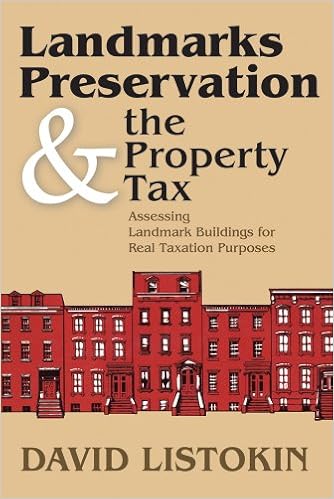This year marks the fiftieth anniversary of the Landmarks Law of New York City, which was enacted on April 19, 1965 when Mayor Robert F. Wagner signed it beginning an era of historic preservation. Since then, almost 1,400 individual landmarks, 115 interior landmarks, 10 scenic landmarks, 109 historic districts, and 10 historic district extensions located throughout all five boroughs have been designated. The Landmarks Law established the Landmarks Preservation Commission, the mayoral agency responsible for identifying, designating, preserving, and regulating New York City’s architecturally, historically, and culturally significant buildings and sites. The Landmarks Law is found in Chapter 74 of the New York City Charter.
On Wednesday, October 21 at the U.S. Bankruptcy Court on Cadman Plaza in Brooklyn, a panel of land use experts in a session called Preserving our Architectural History: The Business Case for Landmarks Preservation will discuss the economic impact of historic preservation in New York City. Another event marking the anniversary of the Landmarks Law is scheduled on Monday, October 26, 2015 at the New York City Bar Association. The New York City Landmarks Preservation Commission and the Harvard University Graduate School of Design will host History in the Making: The New York City Landmarks Law at 50, a full-day conference at the Bar Association offices at 42 West 44th Street, New York, NY.
 On the subject of historic sites, the Brooklyn Law School Library has in its collection Landmarks Preservation and the Property Tax: Assessing Landmark Buildings for Real for Real Taxation Purposes by David Lisotkin (Call #KF6535 .L58 2012). The book examines the growing importance of historic preservation. Communities across the country have established designation programs whereby individual buildings or districts of historical-architectural significance are accorded landmark status. It focuses on New York City in considering the effects of historic status on property value and in evaluating assessment practices. Its findings are transferrable to other communities because the base conditions are similar. Many other cities have designation programs modeled on New York City’s. In addition, New York’s property-tax system and administrative processes resemble those found in communities across the nation. To enhance the transferability of this study’s findings, Listokin refers to the national experience and literature, typically on a side-by-side basis with the New York City counterpart.
On the subject of historic sites, the Brooklyn Law School Library has in its collection Landmarks Preservation and the Property Tax: Assessing Landmark Buildings for Real for Real Taxation Purposes by David Lisotkin (Call #KF6535 .L58 2012). The book examines the growing importance of historic preservation. Communities across the country have established designation programs whereby individual buildings or districts of historical-architectural significance are accorded landmark status. It focuses on New York City in considering the effects of historic status on property value and in evaluating assessment practices. Its findings are transferrable to other communities because the base conditions are similar. Many other cities have designation programs modeled on New York City’s. In addition, New York’s property-tax system and administrative processes resemble those found in communities across the nation. To enhance the transferability of this study’s findings, Listokin refers to the national experience and literature, typically on a side-by-side basis with the New York City counterpart.
